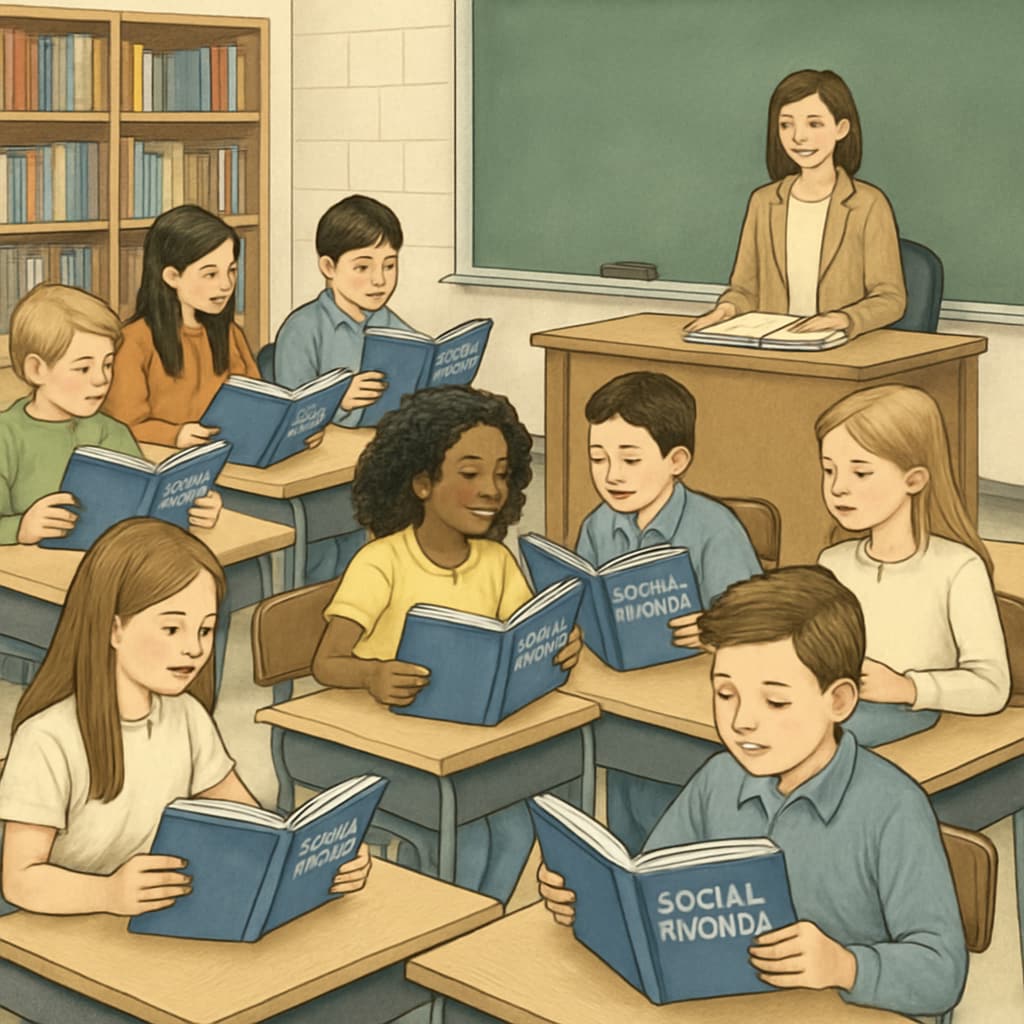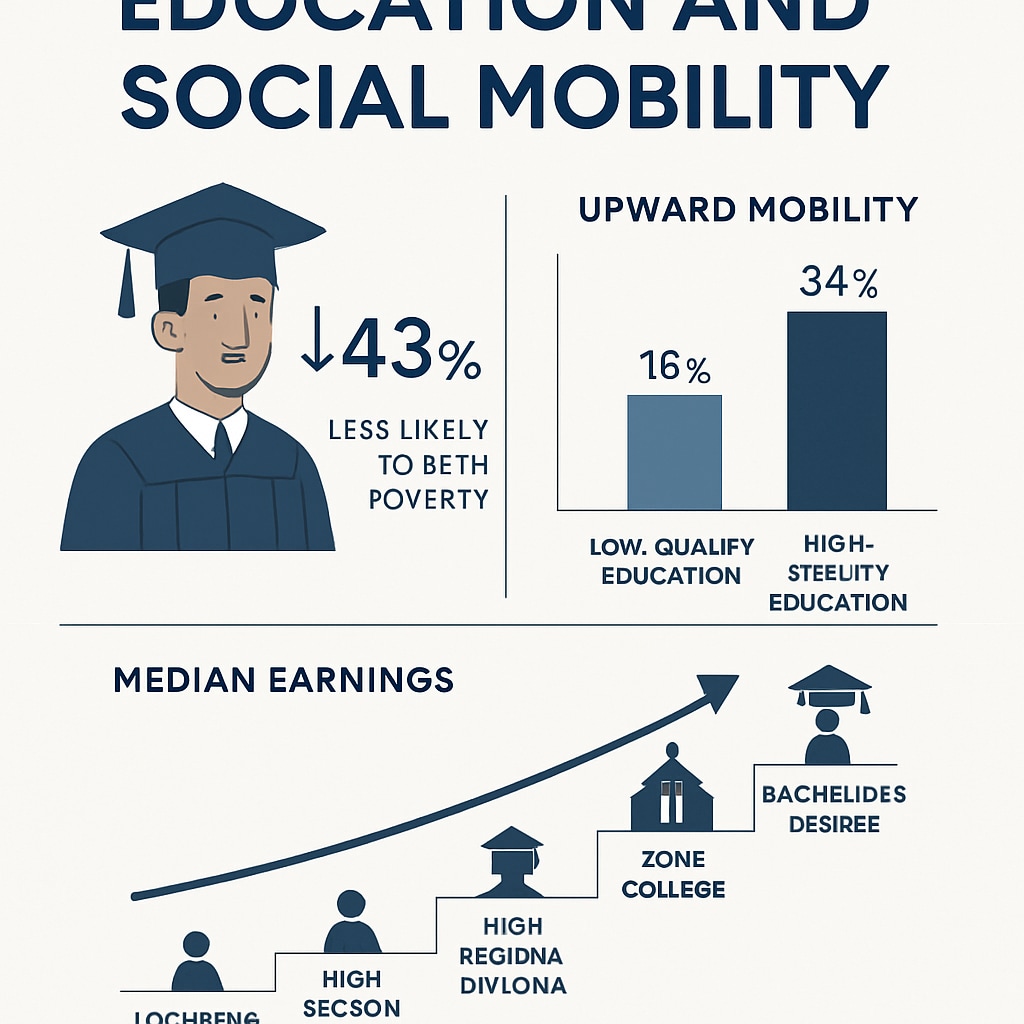When discussing the delicate balance between reality and aspiration in education, the topic of class systems, social studies education, and economic mobility often arises. A recent controversy involving a 6th-grade social studies textbook has sparked debate over how schools portray class structures. The textbook in question teaches students that class systems are “strictly unchangeable,” a claim that oversimplifies a complex issue. While such statements may be intended for clarity, they risk fostering a fatalistic view of social mobility among young learners. This article explores why such narratives are problematic and how K12 education can better approach this subject.
The Risks of Oversimplifying Class Systems
Education shapes how students perceive the world, especially during formative years. The idea of “strictly unchangeable” class systems, as presented in the textbook, may unintentionally reinforce a sense of inevitability regarding economic inequality. While it is true that upward mobility can be difficult, especially in highly stratified societies, presenting this as an absolute truth denies the existence of pathways to change, however limited they may be.

In reality, socioeconomic mobility varies significantly depending on factors such as geography, education quality, and systemic barriers. According to data from the Encyclopedia Britannica, social mobility exists on a spectrum, and while some societies have rigid hierarchies, others offer more opportunities for individual advancement. By failing to acknowledge this complexity, the textbook risks instilling a passive acceptance of inequality among students.
Why Accurate Narratives Matter in Social Studies Education
Social studies education plays a crucial role in developing critical thinking skills and equipping students with the tools to analyze societal structures. Presenting class systems as immovable not only stifles curiosity but also undermines one of education’s key purposes: to inspire change. A well-rounded curriculum should reflect both the challenges of social mobility and the mechanisms through which individuals and societies can address inequality.
For example, studies have shown that access to quality education can significantly impact economic mobility. According to research from the OECD, countries with strong public education systems often exhibit higher rates of upward mobility. Introducing students to these ideas can help them understand both the barriers to and the opportunities for change.

Balancing Realism and Hope in Teaching Social Mobility
To foster a more nuanced understanding of social mobility, educators must strike a balance between acknowledging systemic challenges and inspiring students to think critically. Here are some recommendations for improving social studies curricula:
- Introduce Multiple Perspectives: Discuss historical and contemporary examples of both rigid and fluid class systems, highlighting the factors that influence mobility.
- Encourage Critical Thinking: Use open-ended questions to provoke discussions about the causes and consequences of economic inequality.
- Highlight Change Agents: Share stories of individuals or movements that have successfully challenged class barriers, showing students that change is possible.
- Incorporate Data and Evidence: Use statistical tools and case studies to provide a more comprehensive view of social mobility trends globally.
By adopting these strategies, educators can help students develop a more balanced and informed worldview, empowering them to question and address systemic inequalities rather than passively accepting them.
The Role of Education in Shaping Future Societies
Ultimately, the controversy surrounding the 6th-grade textbook serves as a reminder of the profound influence education has on shaping societal norms. When students are taught that class systems are fixed, they may internalize a sense of powerlessness. On the other hand, presenting a more nuanced view of social mobility can inspire them to become informed, active citizens capable of driving change.
In conclusion, the conversation about how class systems are portrayed in K12 education is about more than just a single textbook. It highlights the broader responsibility of educators to provide students with the tools to navigate and challenge the world around them. By addressing the complexities of economic inequality while emphasizing the possibilities for change, schools can truly prepare students not just for the workforce, but for meaningful participation in society.
Readability guidance: Short paragraphs, clear subheadings, and lists have been used to enhance readability. Transition words such as “however,” “for example,” and “in conclusion” ensure a smooth flow of ideas throughout the article.


